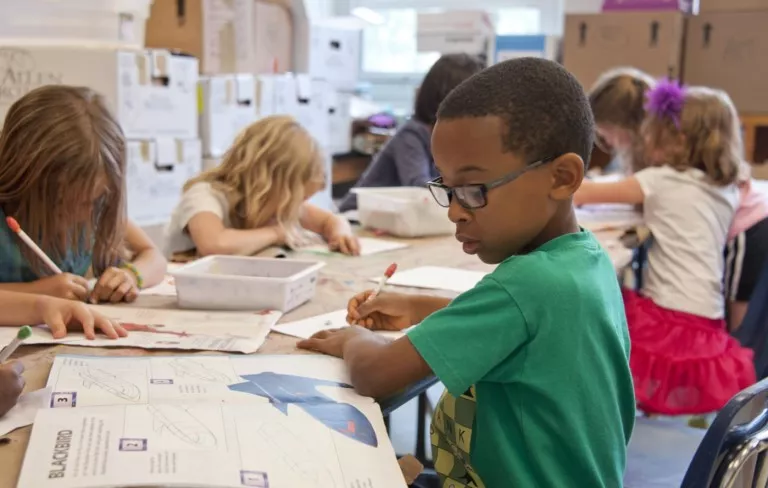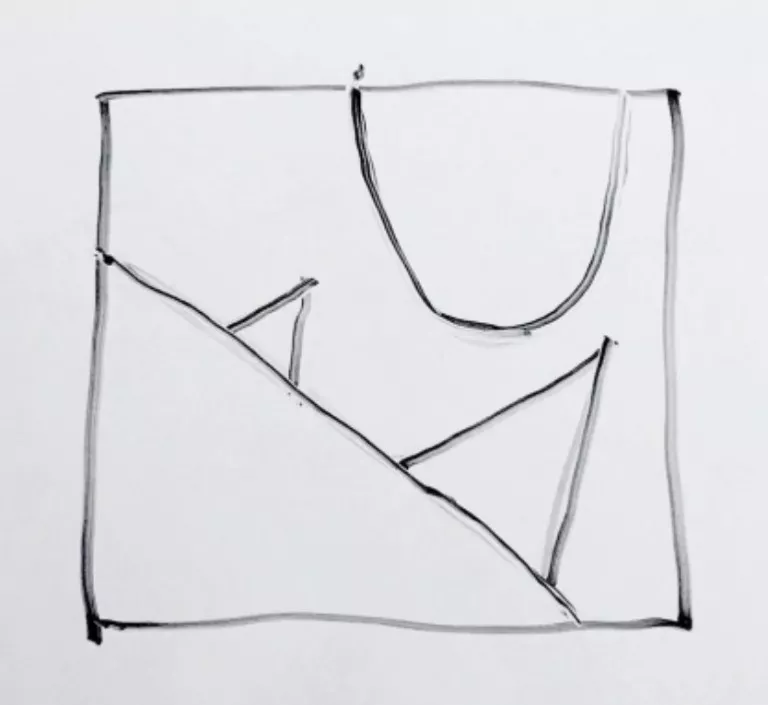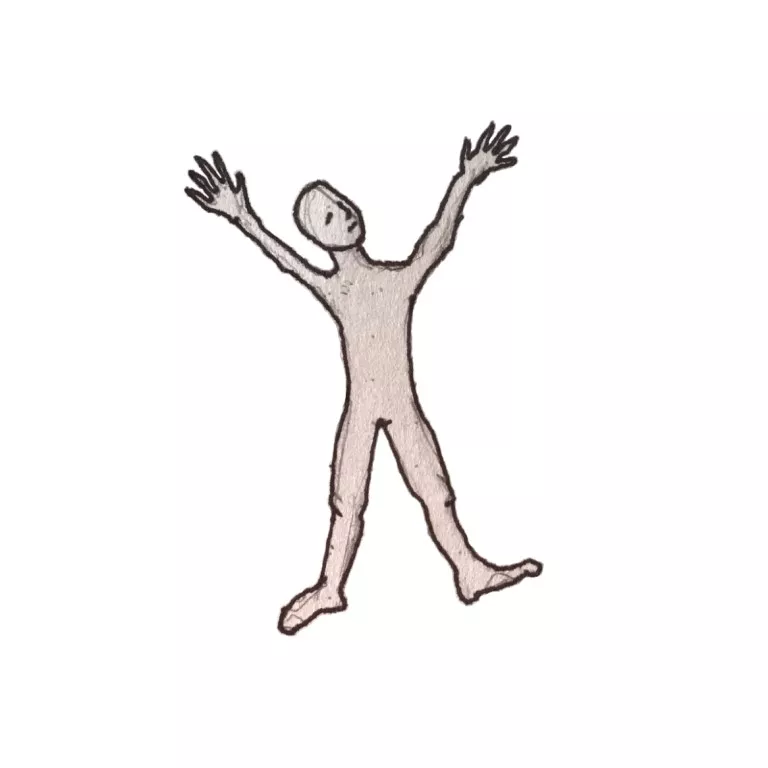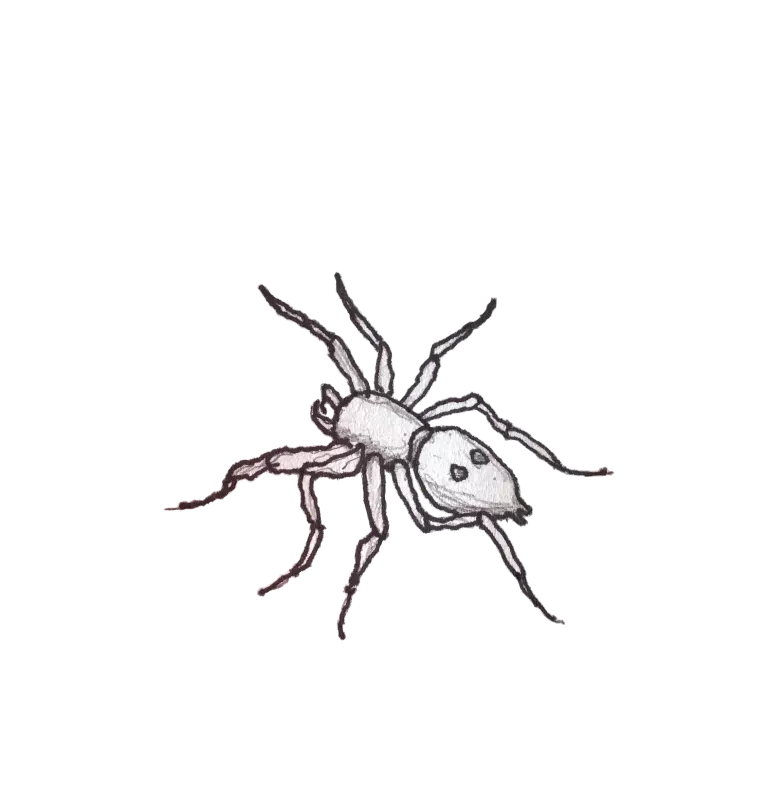The creative resource of Tolerating Ambiguity offers us an opportunity to engage on multiple levels. First, we can strive to set a path for students to tolerate or even embrace ambiguity as it presents itself in daily life. Second, studies show (see articles in additional resources) that students are consistently more engaged in a classroom that offers space for uncertainty. Genuine learning happens when the path is not overly structured. How can we make space for uncertainty in our classrooms?
Overview
Tolerating Ambiguity
This Lesson centers around Tolerating Ambiguity, developing our familiarity with the concept and exploring ways to identify and practice it.

Teacher Priming
Developing Competencies
Do you remember learning to ride a bike? Do you remember learning to swim?
Our early learning experiences provide a snapshot of our own capacity for tolerating ambiguities. They were unlit paths we navigated successfully.

Creative Routines
Stick Drawing
This activity induces the beginner experience by simply exaggerating the length of a typical drawing/writing tool. This challenge invites us to release ourselves from outcomes and exactness, and experience the full body focus one engages when trying on the new and unfamiliar.

Ambiguity and Art
A small collection of famous and ambiguous artworks with suggested questions for classroom discussion.

Creative Challenges
What Do You See?
This activity induces the beginner experience by simply exaggerating the length of a typical drawing/writing tool. Attaching an arm length stick to a marker changes the mechanics of drawing enough that simple shapes and forms require slow and deliberate focus. This activity invites us to release ourselves from outcomes and exactness, and experience the full body focus one engages when trying on the new and unfamiliar.

My Capable Body
Learning to see ourselves as competent and capable of growth can be likened to arriving at the trailhead with the appropriate hiking gear and supplies. We journey into any new learning experience more adequately prepared.

Deepening
Reframing Anxiety
Let’s look at anxiety as a natural response to uncertainty and the positive role of low-level anxiety as a necessary aspect of resilience, perseverance, and creative solution finding. Consider the dilemmas of today and the past that are and were a source of anxiety.

Heebee Jeebees
This is a list-making activity around what makes us nervous or uncomfortable. Can naming discomforts and noticing our coping strategies high light our capacity for tolerating ambiguity?

Resources
Tolerating Ambiguity Classroom Resources
We’ve assembled a collection of articles and other resources for further exploration in your classrooms!
The Need for Closure Scale
The Need for Closure Scale is a test that assesses one’s tolerance for ambiguity!
Effects of Need for Closure on Creativity in Small Group Interactions
Three experiments investigated the consequences of the epistemic motivation toward closure on the emergence of creative interactions in small groups. In the first study, need for closure was manipulated via time pressure. Results showed that in groups under high need for closure (i.e. under time pressure) the percentage of creative acts during group discussion was reduced.
